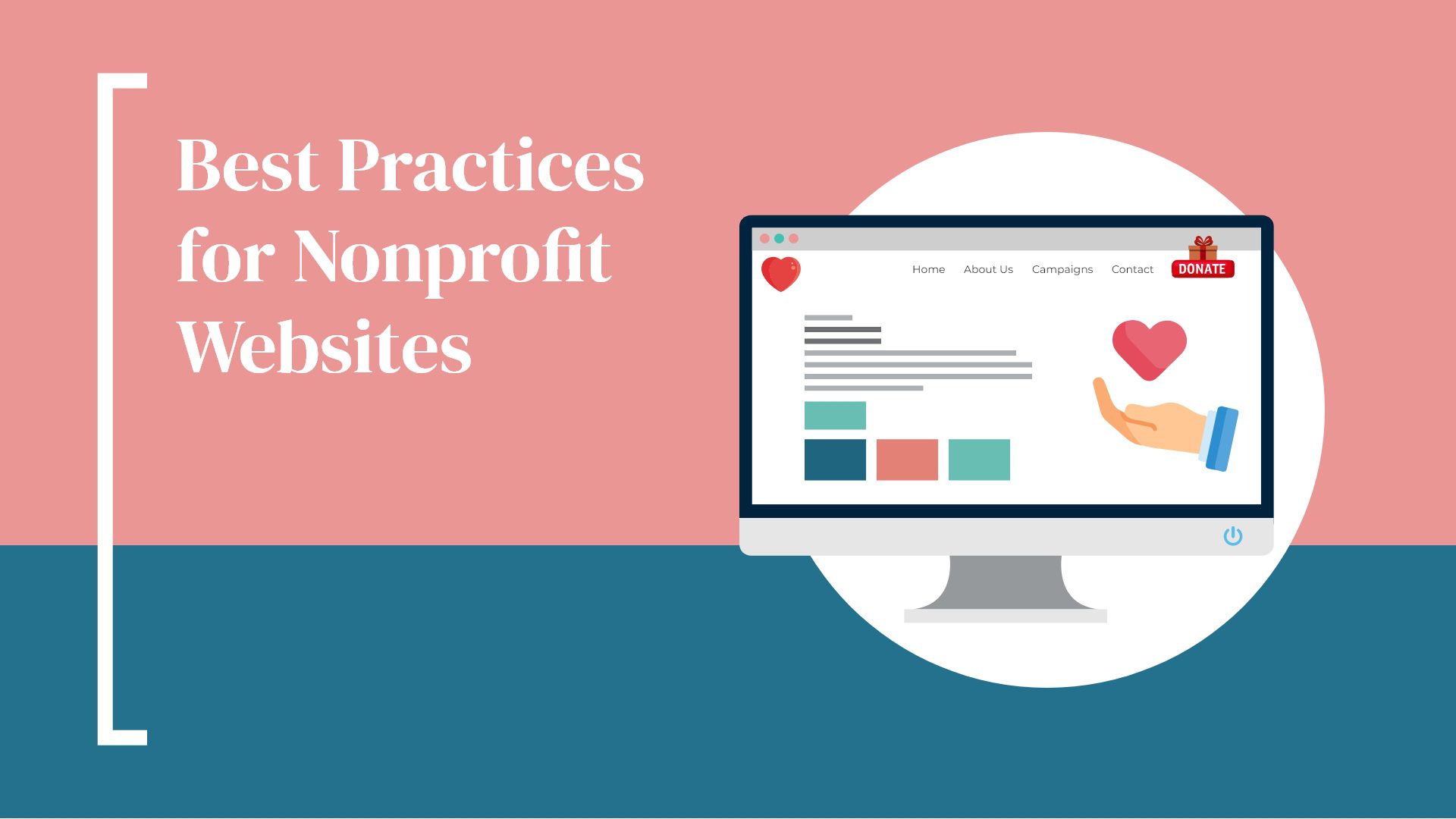A well-designed website can significantly boost your nonprofit’s visibility, credibility, donor engagement and also serve as an effective platform for online fundraising. The ultimate goal of your nonprofit website should not be just to inform but also to inspire action – whether that’s making a donation, volunteering time, or simply spreading the word about your cause. By following these best practices to help your website stand out, it can become a vital part of your nonprofit’s success.
Clear and Compelling Mission Statement:
A nonprofit website should clearly communicate the mission and purpose of the organization, this should be the first thing visitors should see when visiting your website. Consider using impactful visuals, videos, and storytelling techniques to engage visitors and showcase the impact of your work. By effectively conveying your mission, you’ll grab the attention of potential donors and supporters who are aligned with your cause.
User-Friendly Navigation and Design:
A user-friendly nonprofit website is easy to navigate, visually appealing, and responsive across different devices. The visual design should be clean and professional yet reflect the personality of your organization. User experience is a critical factor in website design that directly influences engagement and conversion rates.
Mobile-Optimized Design:
Having a website that is optimized for mobile devices is imperative. Responsive design is a key technique that ensures your website adapts to different screen sizes and provides a seamless browsing experience on smartphones and tablets. Nonprofits should prioritize mobile optimization to reach a wider audience and facilitate engagement.
Accessibility and Inclusivity:
Approximately 15% of all internet users have visual, auditory, or motor impairments which can prevent them from accessing information and services online if websites are not built to be accessible to them. It is essential to consider the needs of all individuals by creating accessible websites that ensure equal access to information and services for everyone.
Engaging Visuals and Multimedia:
Visual content is a powerful tool for storytelling and engaging website visitors. Utilize high-quality images, videos, infographics, and interactive elements to bring your mission to life and convey the impact of your work. Seek to strike a balance between captivating visuals and informative textual content to ensure your website is both visually appealing and informative.
Compelling Calls-to-Action (CTAs):
Nonprofit websites must have clear and compelling calls-to-action (CTAs) to encourage visitors to take action, whether it be to donate, volunteer, or share your cause with others. Use thoughtfully designed buttons, banners, or forms to prompt action. Incorporate persuasive language, such as “Join Now,” “Donate Today,” or “Get Involved,” to increase the likelihood of conversion.
Impactful Stories and Testimonials:
One of the most effective ways to connect with your audience is through impactful stories and testimonials. Share success stories, testimonials from beneficiaries and donors, and real-world examples of the impact your organization has made. Authentic stories foster trust, build emotional connections, and inspire visitors to get involved and support your cause.
Donor-Centric Approach:
Effective donor engagement is crucial for nonprofit websites. Your site should make it easy for visitors to donate, volunteer, or otherwise support your organization. Place a prominent “Donate” button on every page of your website. Include a separate section for donors where you showcase the impact of their contributions, highlight recognition or rewards, and provide transparency around financials. Clearly explain how donations are used and provide regular updates on the progress of ongoing projects to keep donors engaged and motivated to continue supporting your cause.
The donation process itself should be simple and secure, with multiple payment options available. Additionally, consider implementing features that allow donors to set up recurring donations or sponsor specific projects. This can help increase donor retention and provide a steady stream of funding for your organization.
Transparent Financial Information:
Building trust is crucial for any nonprofit. To foster transparency and accountability, prominently display your organization’s financial information, including annual reports, audits, and IRS filings. Provide a breakdown of how donations are allocated to different programs and initiatives. This information reassures potential donors that their contributions are being used effectively to make a difference.
Volunteer Opportunities and Engagement:
Nonprofits thrive on volunteer support, and your website should make it easy for individuals to find and participate in volunteer opportunities. Include a dedicated section that describes different volunteer roles, expectations, and how to get involved. Provide a sign-up form or contact information to streamline the volunteer recruitment process. Offering different avenues for engagement, such as events, webinars, or forums, can further enhance the sense of community and commitment among supporters.
Regularly Updated and Relevant Content:
To maintain visitor engagement and encourage repeat visits, nonprofits should regularly update their website with fresh content. This can include blog posts, news articles, success stories, impact updates, and informative resources related to your cause. By consistently providing valuable content, you position your organization as a reliable source of information and create a strong connection with your audience.
Hammersmith Support Can Help
We have extensive experience managing nonprofit websites and can help convert your website into one that maximizes your chances of engaging donors and making a meaningful impact. One of our core values is Giving Back to the communities we serve and we love working with nonprofits that help make an impact on those communities. Schedule a complimentary consultation to discuss how we can help support your nonprofit website.

